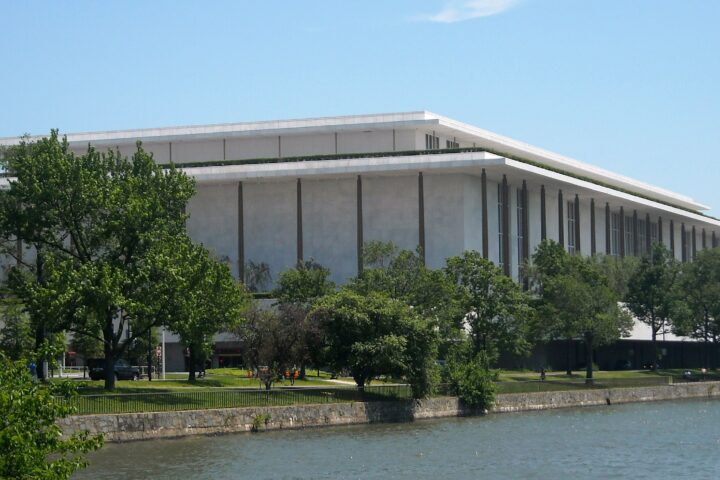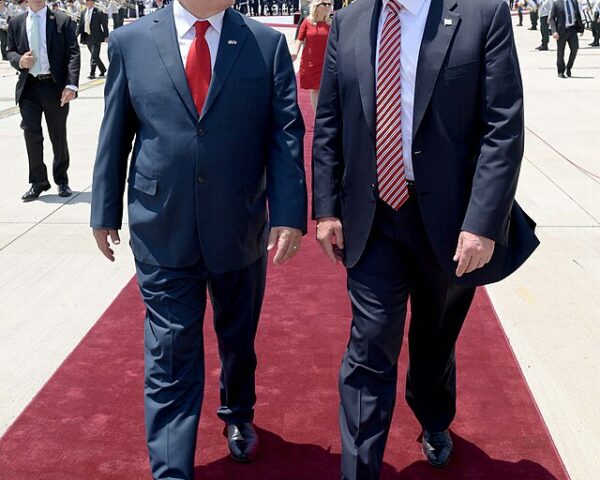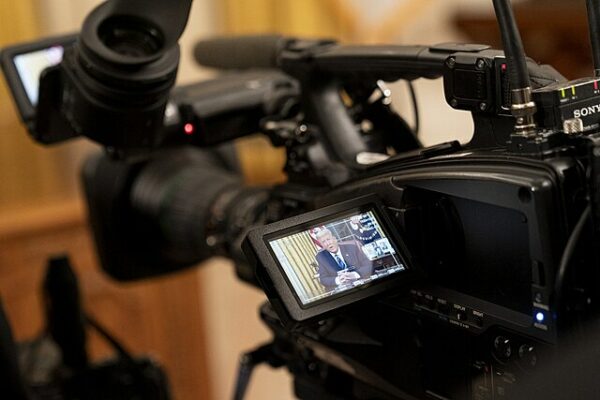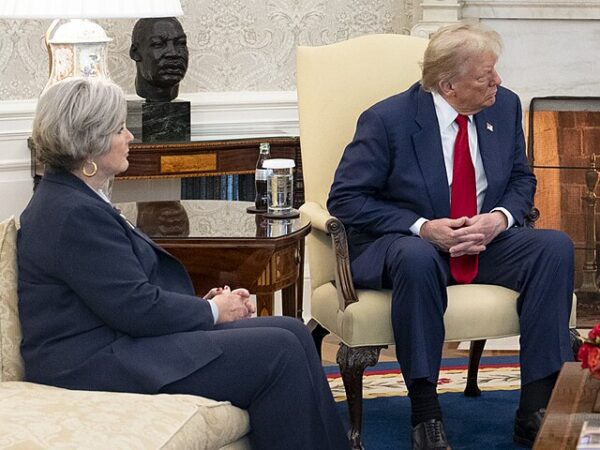In the chaotic days following George Floyd’s murder in May 2020, as video footage of his death ignited nationwide protests, Minnesota Governor Tim Walz found himself at a critical crossroads. As demonstrations grew increasingly violent in Minneapolis, Walz faced mounting pressure from city officials, including the mayor, to deploy the National Guard.
The decision, however, was not straightforward for Walz. He claimed to have recognized a dual nature of the crowds filling the streets—those grieving systemic racism and demanding justice, and others who sought to exploit the chaos for destructive purposes.
The Washington Post writes:
“There were people out in those streets who were in grief over decades of systemic racism — they saw murder,” Walz recalled of the deliberations in a 2021 interview with a Washington Post reporter for a book about Floyd’s life and legacy. “And there were people out in those streets that didn’t care and who didn’t know who George Floyd was, and meant to do harm. I had to make sure that I was clearly making decisions … to create a space where those folks could protest.”
Walz’s decisions in those painful, pivotal days after Floyd was killed are facing newfound scrutiny now that Vice President Kamala Harris has selected Walz as her running mate in a suddenly upended race for the White House. Former president Donald Trump and his allies are seizing on criticism from other Democrats that Walz was too slow to act to portray him as weak — another lenient liberal politician, in their telling, who gave a pass to protesters and allowed destruction in their cities.
Walz “allowed rioters to burn down the streets of Minneapolis,” Trump’s running mate, Sen. JD Vance (R-Ohio), said shortly after Walz was selected.
“Governor Walz allowed Minneapolis to burn for days, despite President Trump’s offer to deploy soldiers and cries for help from the liberal Mayor of Minneapolis,” Trump campaign spokesperson Karoline Leavitt said in a statement. “In this daily briefing phone call with Governors on June 1, days after the riots began, President Trump acknowledged Governor Walz for FINALLY taking action to deploy the National Guard to end the violence in the city.”
Walz, the newspaper notes, has tried to push back on his lackadaisical approach to his biggest city burning by releasing a recording of Trump allegedly “praising” the Minnesota governor following the riots.
On the recording, the listener can hear Trump say, “What they did in Minneapolis was incredible. They went in and dominated, and it happened immediately.”
Like his other examples of stolen valor, however, a closer review of the recording makes clear that Trump wasn’t talking about Walz, but rather the Minnesota National Guard.
In the audio, Trump opens with criticism, saying he took too long to act. You can listen to it yourself.
Unearthed audio: Trump tells Tim Walz in 2020 he is “very happy” with his handling of George Floyd protests: “I fully agree with the way he handled it… [Tim Walz is an] excellent guy”
(Trump is now trying to criticize Walz over the same issue, because, of course he is) pic.twitter.com/6nqp232DDY
— Oregon for Harris (@OregonForHarris) August 11, 2024
Megyn Kelly explained that the audio was clearly edited.
“It’s up to people like you and me, on shows like ours, to try to set the record straight.”@andrewklavan and @megynkelly discuss the mainstream media’s lies concerning the Trump/Walz phone call during the Minnesota BLM riots. pic.twitter.com/lKacfbxSn2
— Daily Wire (@realDailyWire) August 9, 2024
The George Floyd riots in Minnesota caused extensive damage, particularly in Minneapolis and St. Paul, with over 1,500 buildings and businesses affected. The unrest led to an estimated $500 million in damages, making it one of the most costly civil disturbances in U.S. history. Entire neighborhoods, especially along Lake Street in Minneapolis and University Avenue in St. Paul, were devastated, with many buildings burned down or looted, severely impacting local communities. Small businesses, many owned by minorities, faced significant challenges, with some unable to reopen even years later. While insurance and government aid provided some relief, the process of recovery has been slow, and the riots underscored deep social and economic issues that have had lasting effects on the region.
As more and more comes out about Walz, the less and less he looks like a “folksy dad” and the more he looks like a leftwing radical. In a startling video, while he allowed rioters to burn down the city, he also ordered the National Guard to shoot people who were sitting on their porches.
Kamala’s VP Tim Walz sent his tyrannical agents into Minnesota neighborhoods to shoot citizens with paintball guns during Covid
Do we really want someone like this running our country? pic.twitter.com/LPXuHTF07j
— Hodgetwins (@hodgetwins) August 13, 2024








